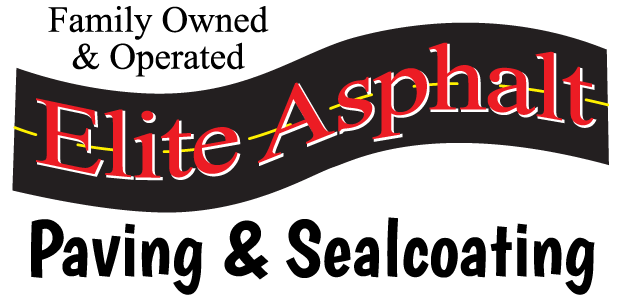Asphalt Care & Maintenance
During the first 6 – 12 months (while your driveway is curing), do not park in the same spot every time. Do not turn your steering wheel back and forth when your car is not moving this will cause unwanted tire marks.
Avoid using jack stands or car ramps, unless a piece of plywood is placed under them to help distribute the weight.
Excessive weight from large heavy vehicles can depress your new asphalt. Keep oil trucks, concrete trucks, and any other heavy trucks off of your new driveway. When storing campers for long periods of time, place a piece of plywood under the tongue jack and also under the tires this will help distribute the weight.
Lawn chairs and bicycle and motorcycle kickstands exert weight on concentrated areas and will create holes and depressions in your new driveway. Especially watch out for those pointy high heels during the warm months when your driveway is new.
The edges are the weakest part of your driveway due to the lack of side support. Avoid driving on the edges since they will crack and crumble. The edges are also first to crack and tend to break off when too high off the surface, We suggest building up the sides of our driveway with topsoil. This will support the edges and enhance the appearance after the grass has grown in.
Avoid gasoline, oil anti-freeze, power steering and transmission fluid spills and leaks. These will dilute the liquid asphalt in your blacktop. Any hole left by these spills should be filled with cold patch. Any hairline cracks that may have developed over the winter due to the contraction and expansion of the ground should be filled with crack-filler. These products can be purchased from your local building supply store or you can call us for any repairs needed.
